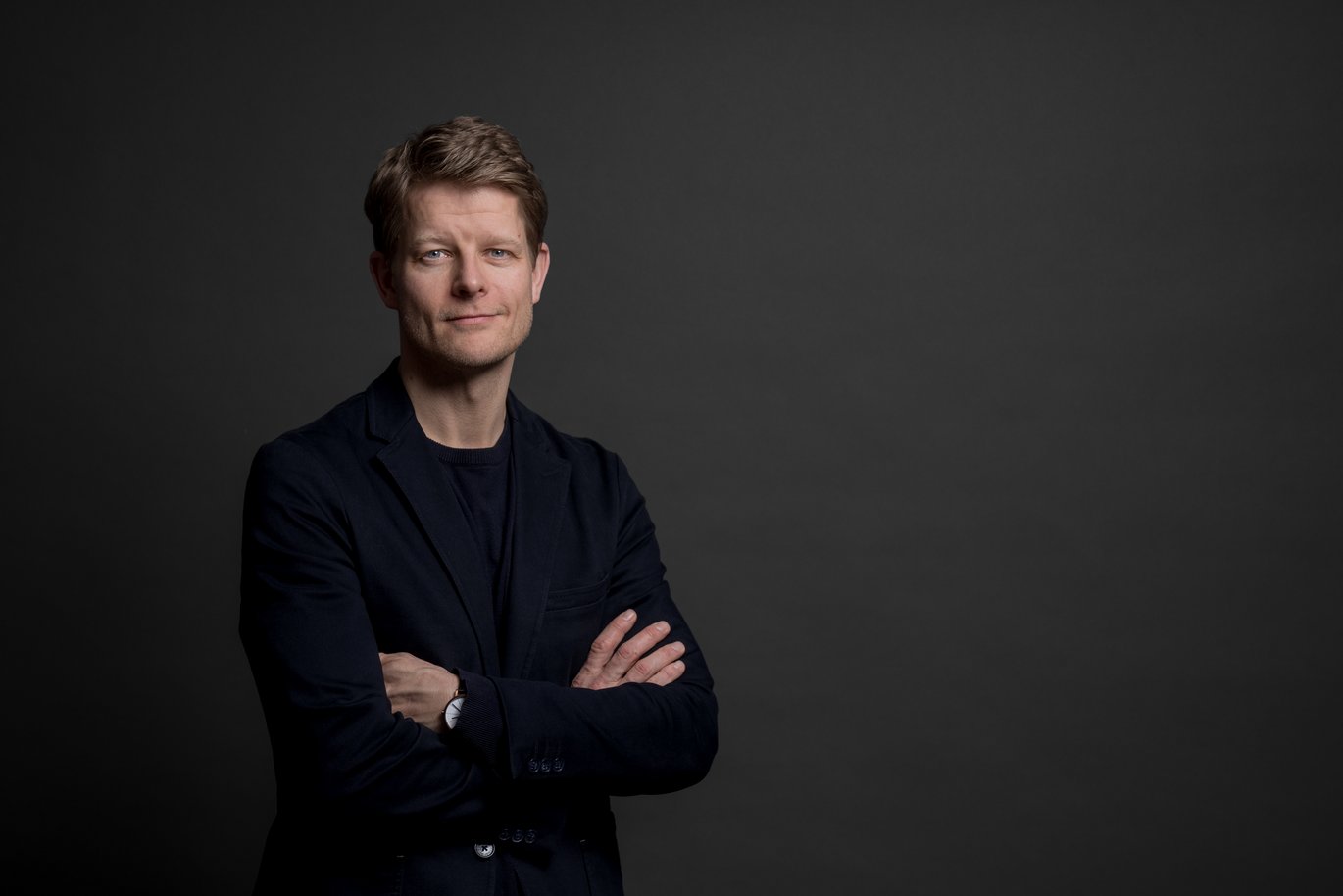“Together with technology we achieve the most”
Professor Peter Dalsgaard has received the Elite Research Prize for his innovative research, which shows that we need to rethink the way we understand and develop IT if it is to promote human creativity instead of simply being used to automate and streamline routine work.

Facts about the prize
The Elite Research Prize was established by the Ministry of Higher Education and Science.
The prize is awarded annually to five outstanding early-career researchers of international standard. The Elite Research Prize includes a cash prize of DKK 1.2 million. DKK 200,000 is a personal award of merit, while DKK 1,000,000 is intended for research activities.
All nominations are assessed by the board of directors of the Independent Research Fund Denmark, which selects and nominates the five candidates to the minister for higher education and science.
It might be a bit of a stretch to claim that Peter Dalsgaard, professor of information studies, has the recipe for how to create good ideas. But he certainly knows something about how ideas are often created. An idea is not necessarily just a thought in someone’s head. Ideas, he says, are often developed in the interaction between humans and technology – both analogue and digital.
Peter Dalsgaard conducts research into human-computer interaction, bridging the gap between perspectives within the humanities and computer science. This approach helps to challenge and increase our understanding of the role and potential of technology.
“If we want to create technology that is meaningful to humans, we simply have to combine the understanding of technology with the understanding of humans and society. That’s my basic approach”.
Through his research, Professor Peter Dalsgaard has been interested in how we develop technology that is meaningful to humans. One of the areas in which technology can be particularly useful is in the creation of ideas. Therefore, he has spent a lot of time researching creative industries and the role technology plays in the development of ideas, but also how technology, for better or worse, affects human creativity. This is something which has definitely taken a quantum leap with the emergence of generative artificial intelligence such as ChatGPT.
“We were working with creative processes long before ChatGPT, but it’s clear that artificial intelligence is the major social development currently influencing our field and our research, and we’ve seen over an extremely short period of time how prevalent it’s going to become. We want to understand the potentials and implications of artificial intelligence, because artificial intelligence can create things which in some ways can be difficult to distinguish from what humans create when they’re creative,” explains Peter Dalsgaard.
Can a computer be creative?
One of the questions Peter Dalsgaard often meets is whether a computer can be creative, especially in relation to artificial intelligence.
“You could say that there are elements of the creative process where technology can help us and be faster and more efficient. And then there are some processes where the technology is inadequate. Before a solution is proposed, there are a large number of clarifying processes that involve situational awareness, understanding a context and interpreting a task. Artificial intelligence can’t do this.”
According to Peter Dalsgaard, the creative process can best be described as a kind of interactive process. Without it, it can be hard to see how an idea has emerged.
“If we don’t take this interaction into account, it will be very difficult to describe the creative process,” explains Peter Dalsgaard and continues.
“The interaction between humans and technology is a socio-technical perspective on creativity that we apply in our research. This is the kind of theory we’re trying to develop, where it’s not only individuals, but also the social and technological relationships that shape the creative process. To put it bluntly, technology cannot do without humans and vice versa when it comes to creative expression. Together with technology we achieve the most.”
Co-creation also applies to research
Good ideas are often co-created by humans and technology, but also between humans. The same applies to Peter Dalsgaard’s research, and he therefore also emphasises that even though the Elite Research Prize is an individual prize, the research behind it has been driven by many researchers from various fields and with the involvement of different technologies.
“My work is based on teamwork. Both in relation to my colleagues, and in relation to our collaboration partners. For me, science is a team sport, and collaboration with others is usually the reason it’s possible to create something as a scientist.”
Recent projects
- Peter Dalsgaard has recently received a Carlsberg grant to produce a monograph entitled Ideas in the Making, in which he will present his research over the past ten years, and which will deal with how ideas emerge and are developed in practice. In the book, he will draw on his collaborations and cases from creative industries.
- In a major research project entitled Managing Ideas in Creative Work, Peter Dalsgaard investigates the creative processes of designers, artists, graphic designers and programmers, and how they get ideas and control their ideas.
- Peter Dalsgaard has also conducted a number of outreach projects under the auspices of the research centre SHAPE. Together with a number of researchers at the centre, he communicates what is happening with regard to technology development. Among other things, they are currently organising a number of courses with the Danish Association of Masters and PhDs, where they teach technology literacy aimed specifically at machine learning and artificial intelligence, and what impact it will have on the labour market.
Contact
Peter Dalsgaard, professor of information studies
School of Communication and Culture, Department of Digital Design and Information Studies
Email: dalsgaard@cavi.au.dk
Mobile: +45 20 65 29 42
Additional information
Read the press release from the Ministry of Higher Education and Science
